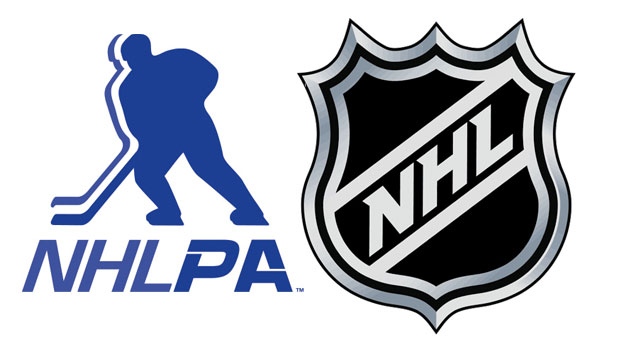In a significant development for the sport of hockey, the National Hockey League and the National Hockey League Players’ Association have formally ratified a four-year extension to their Collective Bargaining Agreement (CBA). This critical step ensures labor peace in the league for the foreseeable future, extending the current agreement through the conclusion of the 2029-30 season.
The ratification, announced following approval by the NHL’s Board of Governors and a vote among the NHLPA membership, was widely anticipated after the two sides reached a memorandum of understanding late last month. The extended agreement is set to take effect starting with the 2026-27 NHL season.
While a comprehensive list of the agreement’s terms is expected to be released later, several key provisions have been widely reported. Among the most notable changes is an anticipated increase in the regular season schedule, moving from the current 82 games to 84 games. This change would subtly alter the rhythm and demands of the NHL calendar.
Other expected adjustments include modifications to player contract parameters. Reports suggest a reduction in the maximum permissible contract length by one year. Furthermore, the agreement is rumored to introduce a form of salary cap specifically for the Stanley Cup Playoffs – a concept that has been discussed in various forms as a potential way to manage team finances during the extended postseason run.
The atmosphere surrounding these negotiations stands in considerable contrast to past labor discussions in the NHL. The league has a history marked by contentious standoffs, including a full-season lockout in 2004-05. This time, however, both sides characterized the process as remarkably positive and collaborative, culminating in a relatively smooth ratification.
Speaking on the agreement, NHL Commissioner Gary Bettman highlighted the strength of the partnership between the league and the players` association. He emphasized the opportunity the agreement presents to “continue to grow the game” and ensure a “great fan experience” for years to come, expressing gratitude for the Board of Governors` support.
Similarly, NHLPA Executive Director Marty Walsh conveyed his satisfaction with the outcome, particularly the four-year term which allows for broader player participation in future bargaining processes compared to a longer deal. Walsh stated that the CBA is a testament to what can be achieved through collaboration, benefiting everyone involved by fostering the “continued worldwide growth of the game,” an outcome he attributed significantly to the support and involvement of the players.
This ratified extension provides a bedrock of stability for the league, allowing teams, players, and management to focus squarely on the competition and strategic planning without the looming threat of labor disputes. It signals a mature phase in league-union relations, prioritizing shared goals like global expansion and fan engagement over the financial skirmishes that have previously marred the sport`s business side. The reported rule changes, if confirmed, also point towards a league willing to adapt its on-ice product and financial structure for future success.

